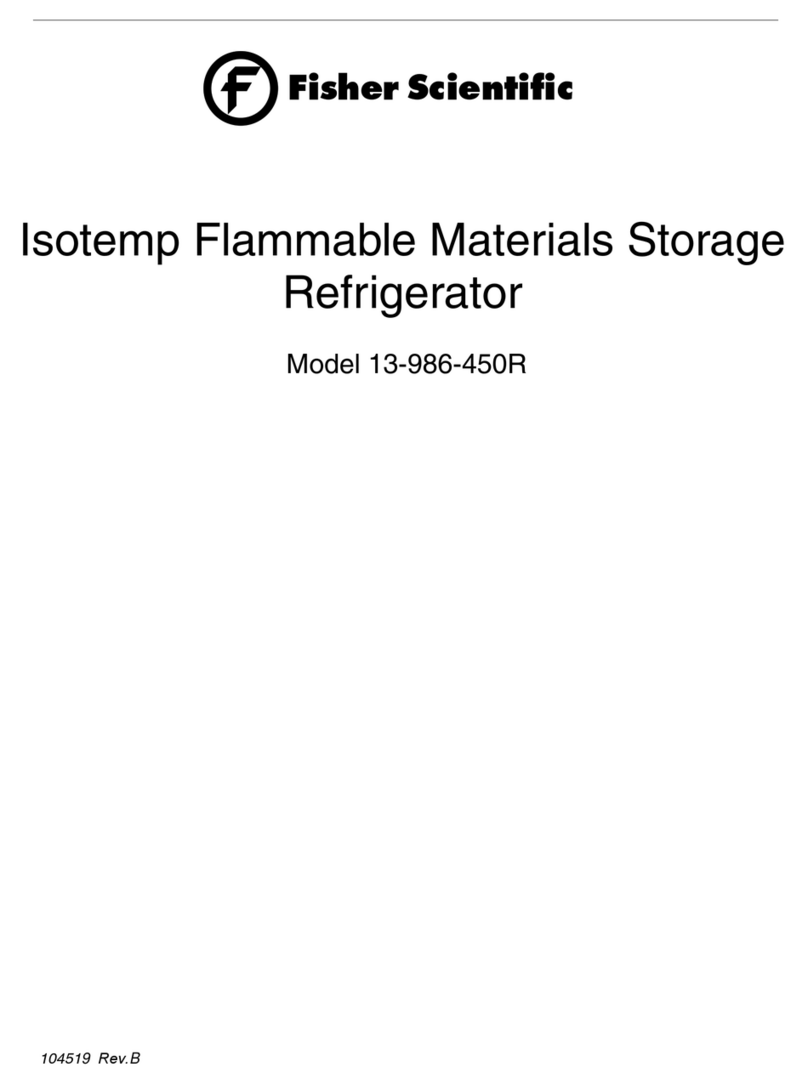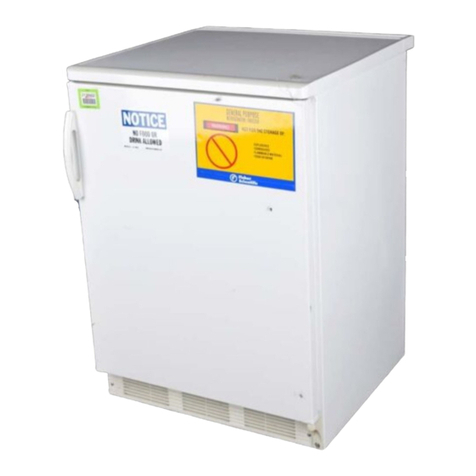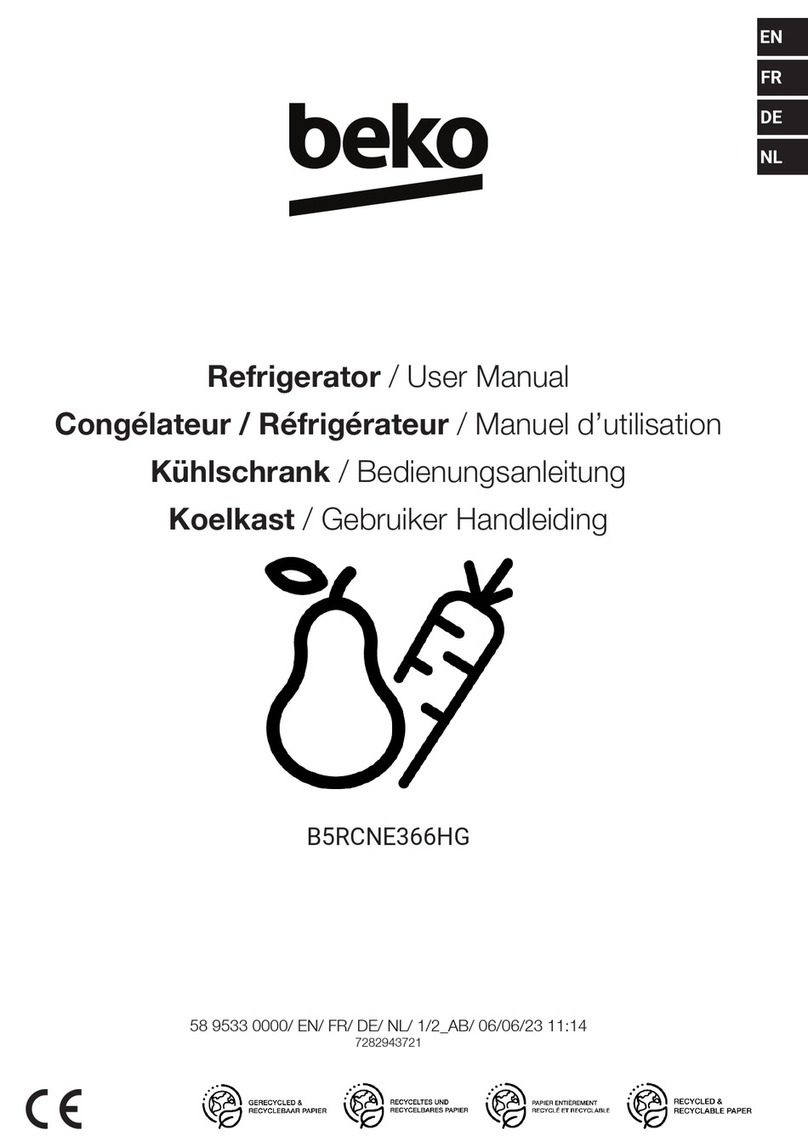2
Introduction ............................................................................................................................................................................3
Unpacking and Installation ....................................................................................................................................................4
Unpacking........................................................................................................................................................................4
Visible Loss or Damage ..................................................................................................................................................4
Concealed Loss or Damage............................................................................................................................................4
Packing List ....................................................................................................................................................................5
Selecting a Location ........................................................................................................................................................5
Leveling the Unit..............................................................................................................................................................5
Door Handles ..................................................................................................................................................................6
Door Removal and Adjustment........................................................................................................................................6
Shelves............................................................................................................................................................................7
Electrical Connection ......................................................................................................................................................8
Operation ................................................................................................................................................................................9
Controls Layout ..............................................................................................................................................................9
Temperature Controller....................................................................................................................................................9
Setting the Temperature ........................................................................................................................................10
Unit Select ..............................................................................................................................................................10
Calibration Offset....................................................................................................................................................10
Hold-Off Time ........................................................................................................................................................11
Error Codes ..................................................................................................................................................................11
Fluorescent Lamps........................................................................................................................................................11
Convenience Outlet ......................................................................................................................................................12
Manual/Automatic Condenser Fan................................................................................................................................12
Troubleshooting ....................................................................................................................................................................13
Maintenance ........................................................................................................................................................................14
Cabinet Cleaning ..........................................................................................................................................................14
Cleaning the Condensor................................................................................................................................................14
Condensate Evaporator Pan ........................................................................................................................................14
Replacement Parts ..............................................................................................................................................................15
Specifications........................................................................................................................................................................16
Performance Characteristics ........................................................................................................................................16
Power Requirements ....................................................................................................................................................16
Wiring Diagrams ..................................................................................................................................................................17
Warranty ..............................................................................................................................................................................20
Table of Contents




































